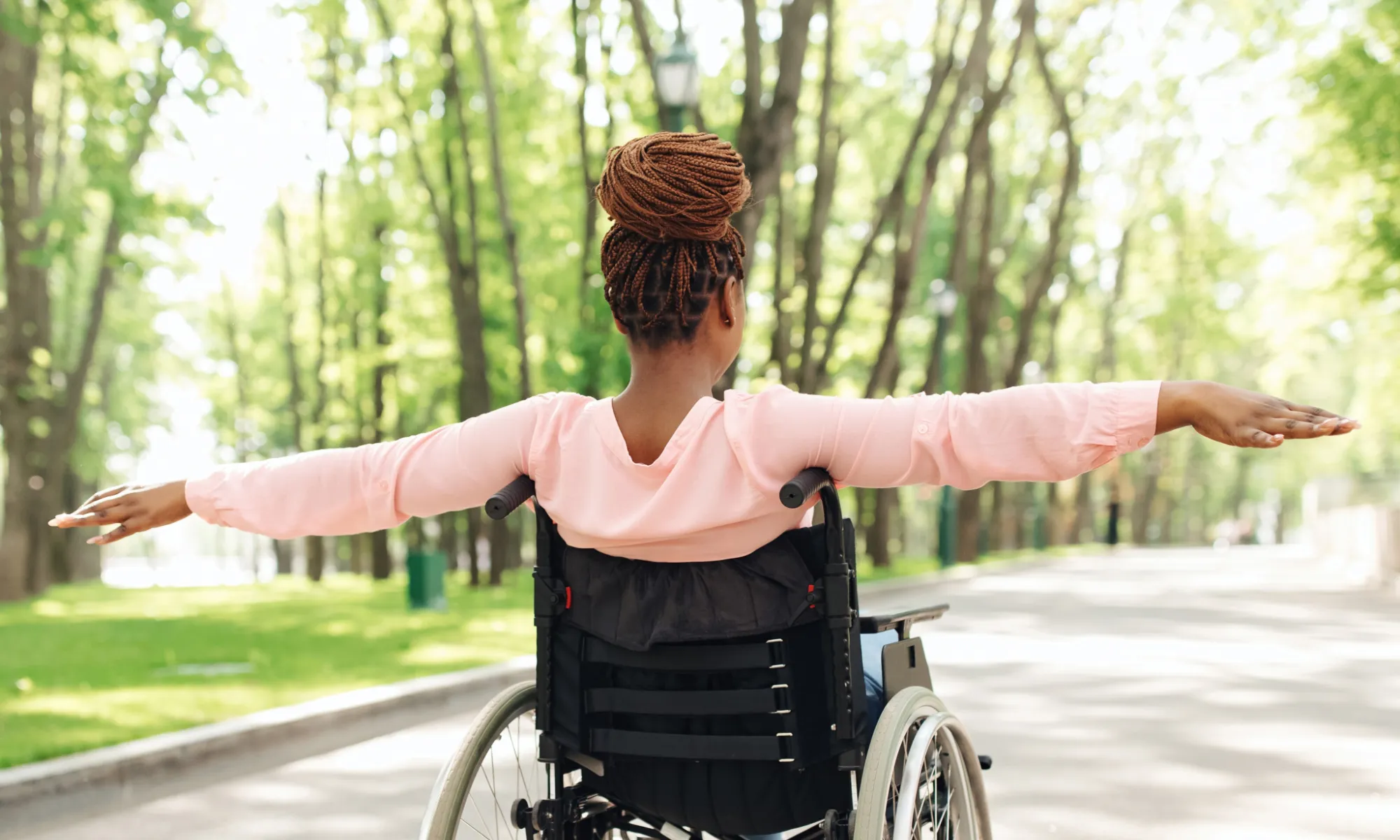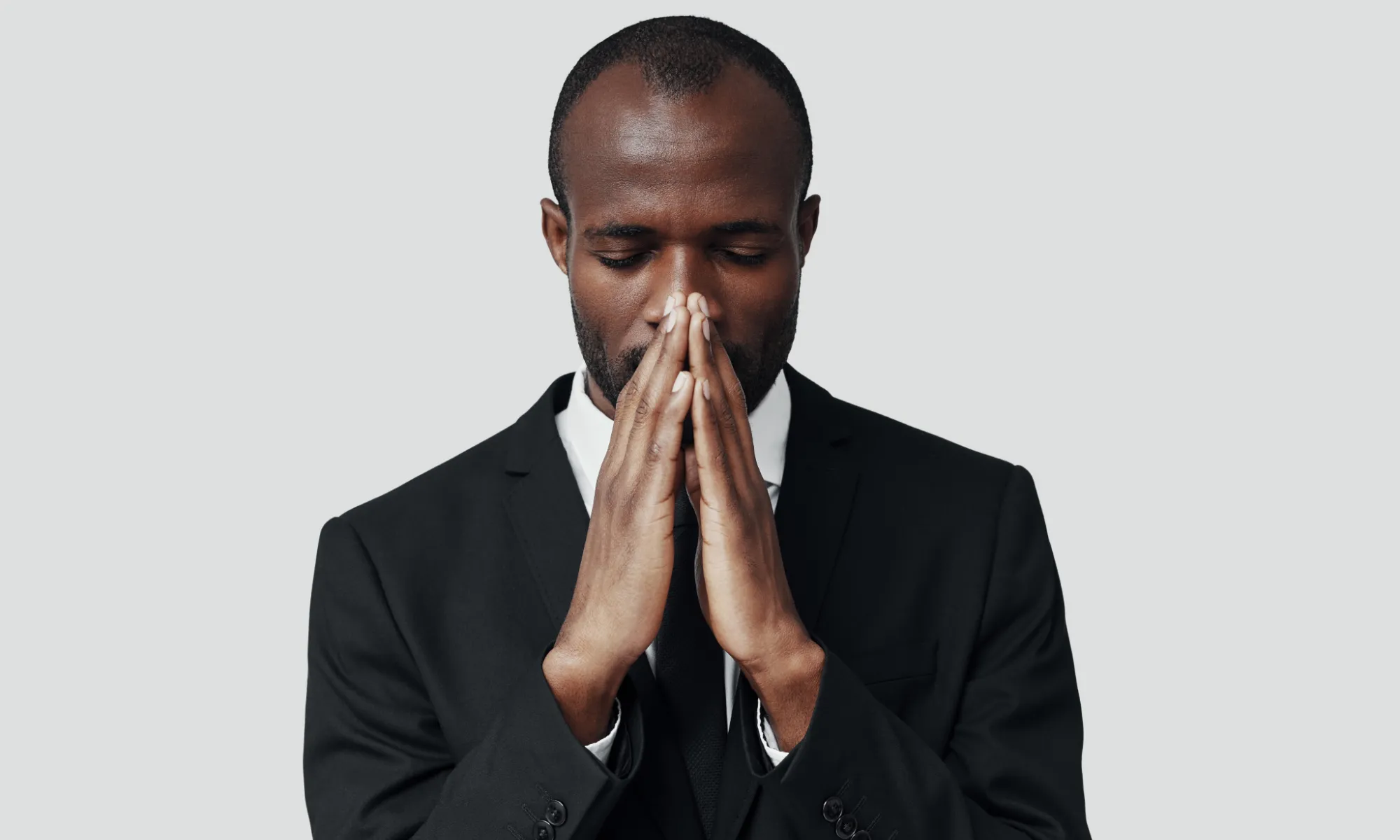Life after the suicide of a loved one
Mental Health , Family , GriefIn 2022 the Maphosa family lost a son and brother to suicide after a long and often silent struggle with his mental health. In life, his love for music, singing and dancing led him to pour himself into his passion, resulting in the creation of a home studio that he equipped on his own. It soon became a space for creativity where young people could explore their musical talents and ultimately build community. His death was sudden and devastating, leaving questions that have difficult answers.

For Dr Stanley Maphosa, who lost his son, and for his daughter Rejoice, who lost her brother, living with this reality means learning to grow within the grief rather than ever escaping it.
The questions that remain
The first reality for those left behind is the relentless questioning: “Why didn’t they tell me? Could I have done more? What role did I play?” and even questions like: “When did their struggle start, and should I have seen the signs?” These thoughts circle endlessly, especially during significant moments such as birthdays and anniversaries, but which are even there on ordinary days when memories are triggered. Dr Stanley describes it as “walking one step forward, one step back.” Acceptance may feel possible on some days, but on others, the mind reopens every wound, searching for answers that may never come.
For Rejoice, this questioning extends outwards to society, to culture, and even to God. She says, “Life after the suicide of a loved one is very complicated. It is up and down, constant questioning of yourself, constant questioning of society, constant questioning of God, which you grow with, living with this absence of a loved one. What really happens is that you get to understand the realities of the absence of a loved one.”
Rethinking suicide in today’s world
The silence around suicide in many communities deepens the pain, as grieving families feel alienated by stigmas, half-truths and judgemental narratives.
One of the most profound lessons families learn is that suicide is not an act of selfishness or a crime. As Dr Stanely explains, “suicide is the result of an overwhelming pain” that their loved one could no longer bear or share. Out of fear of being misunderstood, not wanting to burden others, or shame, many carry this pain alone until it consumes them.
This reframing matters because it softens blame, it allows parents, siblings and friends to see that their loved one did not choose death lightly, but succumbed to a struggle invisible to many.
Building better coping mechanisms
Contrary to the common phrase, time does not heal all wounds. Instead, families learn to live alongside the absence of their loved one. They find ways to transform pain into purpose. For the Maphosa family, that transformation took the form of advocacy.
They are turning his music studio into a community project and are raising funds and appealing for support, renovating it as a safe and creative space for young people. What had once been his personal passion became a hub for healing and mental health awareness. It is both a coping strategy for the family and a way to prevent other families having to face the same devastation.
This step shines a light on a broader truth – coping often requires building meaning from negative experiences. Whether through community work, advocacy, creative expression or quiet reflection, the bereaved need outlets where grief can evolve into growth.
The role of therapy and support
Seeking professional help is so important, because the reality is that friends, family or spiritual leaders may not always be equipped to handle the weight of suicidal grief. Dr Stanley explains it clearly by saying: “Just as we trust doctors with our bodies and pastors with our spiritual lives, therapists are trained to care for our minds and emotions.”
Sadly, stigma often keeps people from seeking this kind of support. one of the ways we can change the narrative around suicide is by normalising the role therapy plays in the grieving process and encouraging open conversations about mental health.
Breaking stigma means building compassion
In speaking about their loss, Dr Stanely remembers his son while Rejoice remembers her brother, and together they break the silence that often surrounds suicide. They believe that families, churches, schools and workplaces must create safe spaces where people can speak without judgement.
When pain is shared and met with compassion, it creates real support, as the Maphosas have seen in the safe spaces they have built for young people to talk about mental health. By confronting stigma and speaking about their loss, they show that addressing grief and mental health challenges can save lives and guide others toward healing.
As Dr Stanley and Rejoice’s journey shows, healing is not about getting over it. It's about carrying the memory, transforming the pain and choosing to live in ways that honor the one who is gone. “The scars remain, but they can become the seeds of purpose, hope and change for others.”

David Nyland
David is a sensitive and intuitive copywriter with experience in marketing and advertising. He has a passion for crafting compelling content that resonates with audiences.
Featured





